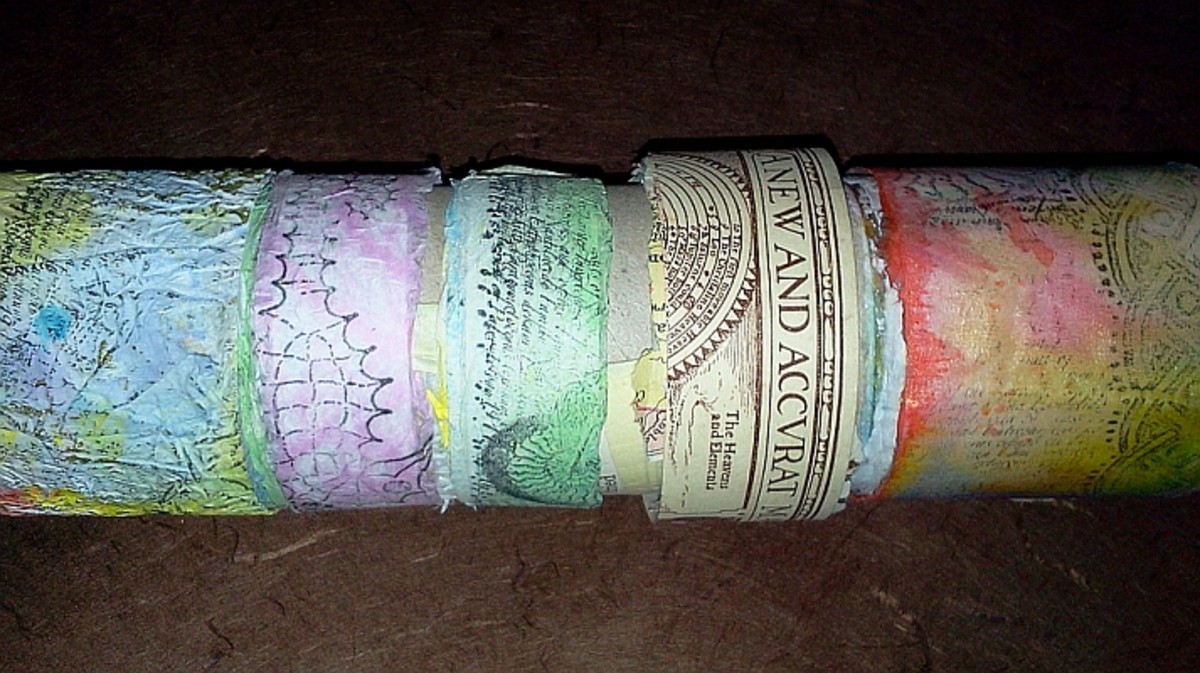Types Of Paper
Paper is a thin, versatile material made of fibers of plant cellulose and is used mostly for documenting texts. Paper is indeed one of the greatest creations of man. It was first developed in China around 2 BC but the world’s first paper production business started during the 2nd century AD in China again.
The method of making paper is simple: cellulose pulp extracted from trees, grasses and some other plants is pressed and then dried to make thin flexible sheets. The strength and the texture depend on many factors such as the extent of pressing, the source from which cellulose was derived and the chemicals used.
The important point to note here is that paper is made of cellulose pulp which may be extracted either from woods or from rags. Based on that, we can simply divide paper into broad categories:
- Wood pulp based paper
- Rag pulp based paper
However, is so versatile and widely used that there are hundreds of different varieties of paper used for many purposes ad writing and printing upon are not the only uses of paper. It is used for wrapping, for arts and crafts and for photo developing and even on walls.
Below given are some common types of paper:

Book Paper
Book paper which is more often called the publishing paper is a paper that is designed specifically for books.
This paper is usually off white or low white and very opaque so that the text from the back of a page is not visible at the front.
The thickness, size and
weight of the paper may vary from book to book. Most book papers are light
weighted and their thickness varies along their size and the type of book.
Hardcover books, for example, have usually thick and heavy paper pages.
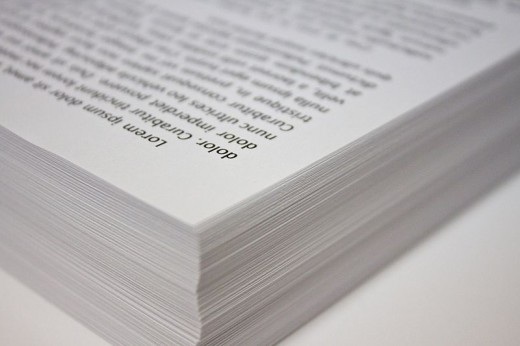
Bank Paper
Bank paper is another special type of paper which is made to be used in typewriters and for posts, although its name might suggest otherwise.
The bank paper is white and very strong.
It
is however thin and in weight is less than 50g/m2.
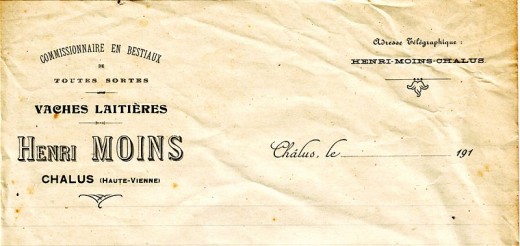
History Of Paper
- Paper
What is paper? The word paper is connected to a reedy papyrus plant which grows along the River Nile, Egypt. The stem of the flower of the papyrus plant are sliced to produce paper.
History Of Bleach
- Bleach
The dictionary definition of bleach is "the whiteness that results from removing colour from some thing." The process of bleaching is now extensively applied in science.
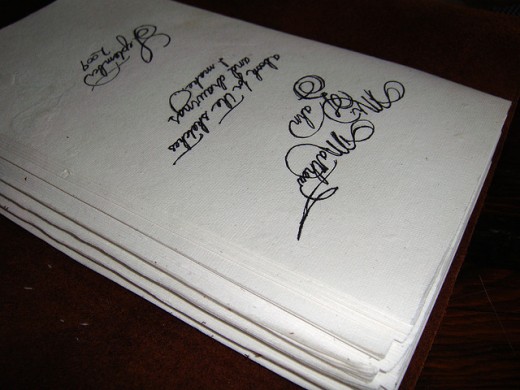
Bond Paper
Bond papers are similar in appearance to the bank paper but are more durable, are of a better quality and are greater in weight i.e more than 50 g/m2. The bond paper is also more diverse in its uses.
It is used for letterheads and for electronic printers and to its high quality also used as a stationary paper and is perfect for pencils, pens and felt tip markers. It is also used for graphic designing.
The bond paper is made up of rag pulp rather than
the wood pulp.
Cotton Paper
Cotton paper is another example of a rag pulp based paper which is made up of cotton fibers.
Due to the fact they are made up of cotton rag they are also called cotton ragged paper.
Cotton paper like any other rag pulp paper is very durable, in fact it is even more durable and strong than many other types of rag pulp papers.
They are famous for the fact that they can go on for hundred years without fading, discoloring and deteriorating, and that is the reason why they are used for writing documents which are extremely important and are to be kept in archives.
The reason for its strength is the cotton fibers which are very durable.
The 100% cotton fiber paper are of course are very strong while most cotton papers might have a lesser percentage of cotton. Such cotton papers are used for legal documentations and in banknotes.
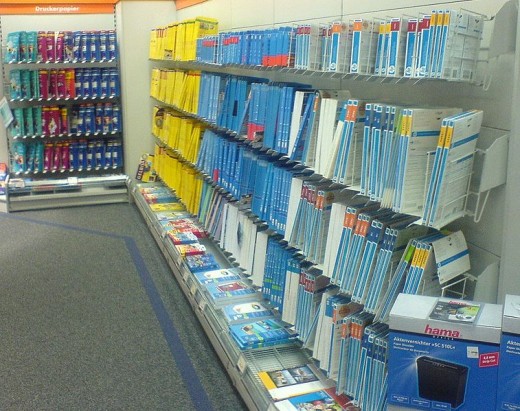
Inkjet Paper
Inkjet paper is a very important type of paper made for inkjet printers.
These papers can be of any color but are generally very smooth, thicker than ordinary paper and also a little heavier.
These papers are highly opaque.
Types Of Printers And Printing Tips
- Types Of Printers
A printer is a peripheral device, which is attached to the computer to produce written material or graphics on paper or other print material.
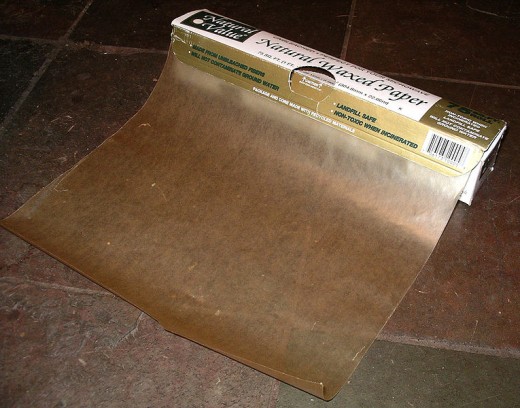
Wax Paper
Wax paper is a very special type of paper which is coated with wax to make it moisture proof.
The paper was though officially invented in 1872 by Thomas Edison, the concept of coating paper with fat and wax dates back to the medieval times.
The wax paper due to its high resistance
towards moisture is used for wrapping, cooking and due to its strength used in
crafts and designing.


